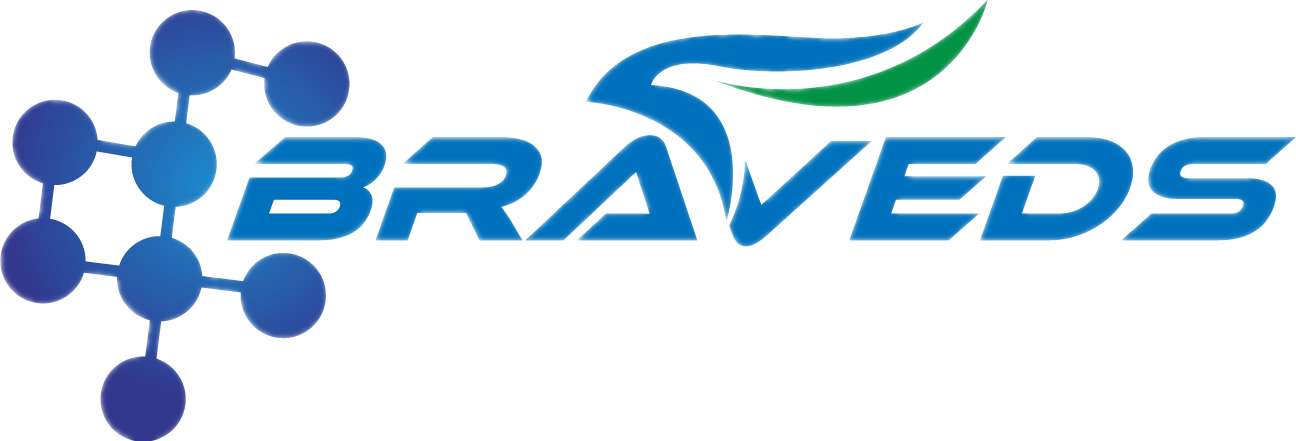S20 surfactant/TWEEN 80
Tween 80 (polyoxyethylene sorbitan monooleate) is a non-ionic surfactant belonging to the Polysorbate family with low hemolysis, mild decontamination and excellent emulsification ability. The balance between hydrophobic oleic acid chain and hydrophilic polyoxyethene chain (HLB≈15.0) in its molecular structure makes it widely used in in vitro diagnostic reagents to stabilize biomolecules, optimize reaction interface and adapt whole blood detection system.
Action mechanism
Low hemolysis: Compared with Tween 20, hemolysis risk is lower, suitable for whole blood direct detection (such as chromatographic strips, microfluidic chips), reduce hemolysis interference.
Mild emulsification and stabilization: Adsorption to the surface of latex/colloidal gold particles or lipids by hydrophobic chains, which form a protective layer to prevent aggregation or oxidation (such as latex enhanced turbidimetry).
Closed non-specific binding: Block the non-specific adsorption sites of solid phase carriers (such as cellulose nitrate membranes, microporous plates) to reduce background interference (such as ELISA).
Solubilizing hydrophobic targets: solubilizing fat-soluble molecules (such as cholesterol, lipoprotein), improving detection sensitivity (such as lipid detection reagents).
Steric controllable: at a reasonable concentration (usually ≤0.1%) to avoid polyoxyethylene long chain interference with antigen-antibody binding, to ensure the detection sensitivity.
Application scenario
Whole blood direct detection reagent: added to the sample diluent, inhibit red blood cell aggregation and rupture, and eliminate bias in high HCT samples (such as CRP detection).
ELISA blocking/washing solution: Compound with BSA to block non-specific sites and improve signal-to-noise ratio.
Latex particle stabilizer: Pre-mixed in latex microsphere suspension to enhance particle dispersion and optimize turbidity signal uniformity (such as PCT detection).
Lipid antigen solubilizer: Dissolve lipid soluble antigens (such as lipopolysaccharide, membrane protein), the final concentration of 0.1-0.5%, improve the efficiency of antibody binding (such as autoantibody detection).
Freeze-drying protectants: Combined with sugars (such as trehalose) to reduce protein/antibody denaturation during freeze-drying and extend the reagent validity.
General use range: 0.01%-0.5% (0.05%-0.2% commonly used in diagnostic reagents).
Matters needing attention
Concentration control: Excessive use (>0.5%) may result in steric hindrance of the polyoxyethylene chain, inhibiting antigen-antibody binding and reducing sensitivity.
Stability and storage: Avoid high temperature sterilization: Autoclave easily leads to degradation, it is recommended to filter bacteria (0.22μm filter membrane).
Cold storage away from light: Long-term exposure to light/heat may oxidize to yellow (slight discoloration does not affect function).
Compatibility restrictions: Avoid mixing with strong oxidants/heavy metal salts: such as high concentrations of ammonium persulfate and copper sulfate, which may cause decomposition or precipitation.
Use preservatives with caution: It may reduce the activity of preservatives such as thiomersal and sodium azide, and its effectiveness needs to be verified.
Q&A
The detection sensitivity decreases: the concentration of Tween 80 May be too high; It is recommended to reduce to 0.05%-0.1%, or optimize the proportion of sealer.
Agglomeration of latex particles: it may react with cationic buffer; It is recommended to replace it with a neutral/anionic buffer system (such as Tris-HCl).
Reagent turbidity or precipitation: may be metal ions or pH limit; It is recommended to add EDTA (1-5 mM) or adjust pH to 6-8.
The whole blood chromatographic speed is too slow: it may be insufficient wettability; A compound wetting agent (e.g. Surfynol 465) is recommended.
Note: Tween 80's low hemolysis and mild nature make it the surfactant of choice for whole blood tests and sensitive protein systems, but the concentration and formulation must be optimized through pre-experiments (e.g. antigen-antibody binding efficiency tests, hemolysis tests). For higher detergency, Triton X-100 is available; For lower steric hindrance, Pluronic F-68 is preferred.
| SKU | UNIT | PRICE (USD) | QTY |
|---|---|---|---|
| SG15883 | 500ml | 49 |




